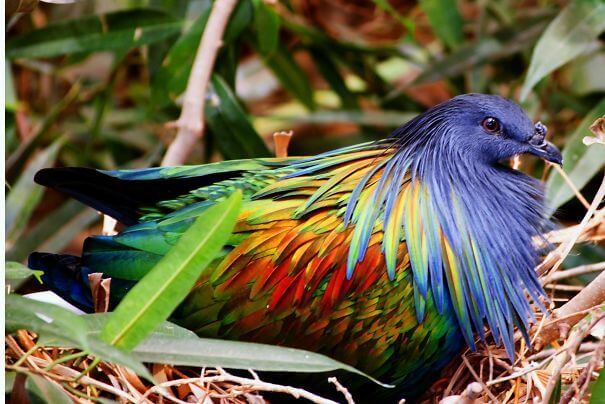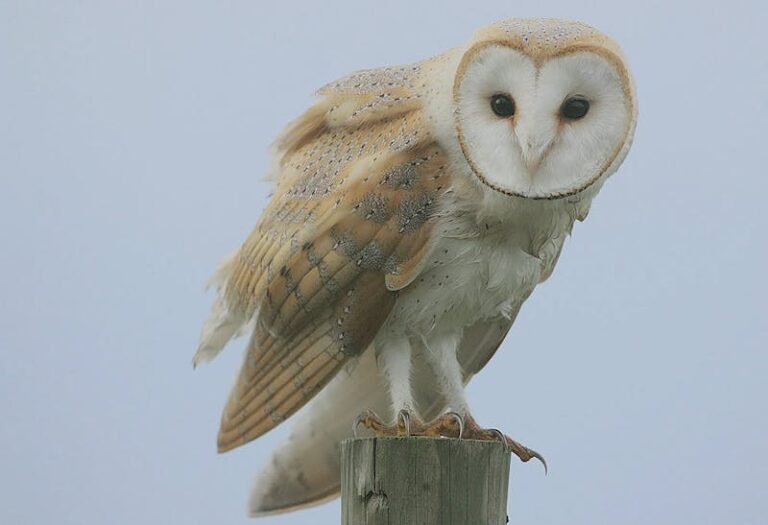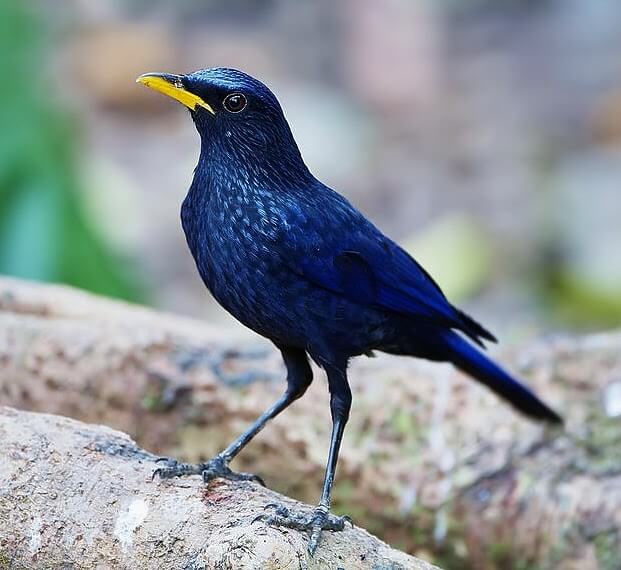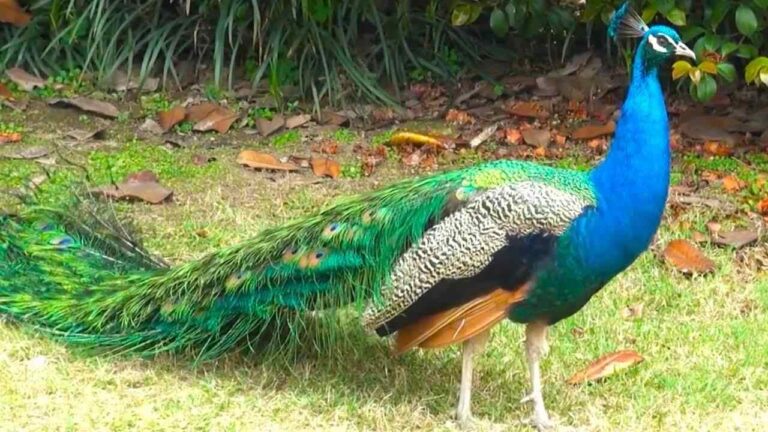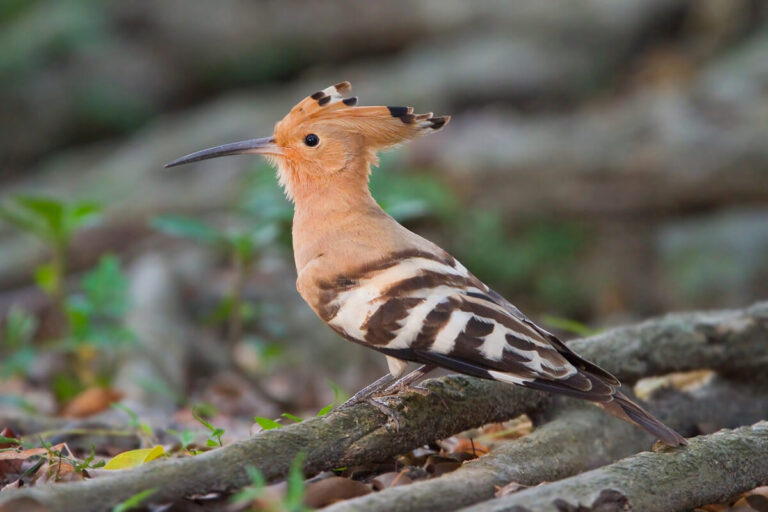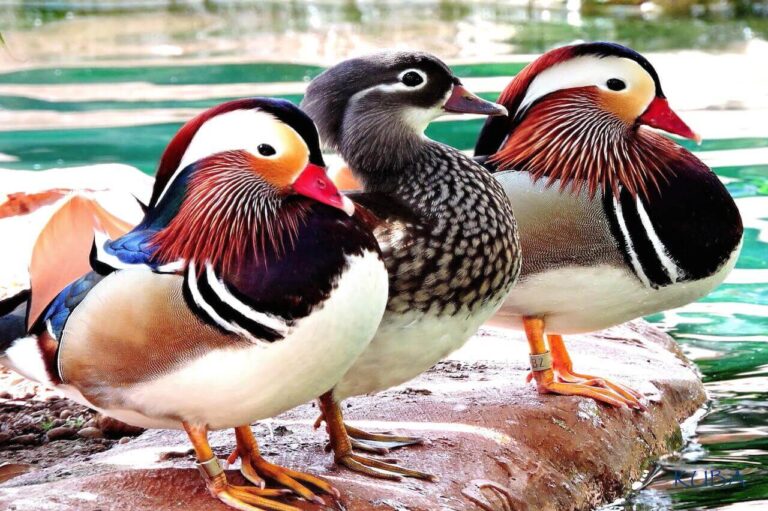Victoria Crowned Pigeon: The Majestic Bird of Papua New Guinea
The Victoria crowned pigeon (Goura victoria) is a captivating bird known for its regal appearance, majestic crown of feathers, and gentle nature. As one of the largest pigeons in the world, this species stands out with its striking plumage and fascinating behavior. Found primarily in the lowland rainforests of Papua New Guinea, the Victoria crowned pigeon is named in honor of Queen Victoria and has long intrigued ornithologists and bird enthusiasts alike.
In this article, we’ll explore the scientific classification, physical characteristics, habitat, behavior, diet, reproduction, predators, conservation status, and its relationship with humans.
Contents
Scientific Classification
- Kingdom: Animalia
- Phylum: Chordata
- Class: Aves
- Order: Columbiformes
- Family: Columbidae
- Genus: Goura
- Species: Goura victoria
Belonging to the same family as common pigeons and doves, the Victoria crowned pigeon is one of the largest members of the Columbidae family, making it a fascinating species both taxonomically and ecologically.
Physical Characteristics

The Victoria crowned pigeon is renowned for its impressive size and unique physical features:
- Size: It is the largest pigeon species, measuring up to 74 cm (29 inches) in length and weighing around 2.3 kg (5 lbs).
- Plumage: Its plumage is predominantly a rich, deep blue-gray with a striking white-tipped crest that fans out like a crown, giving it its royal name.
- Eyes: One of its most captivating features is its deep red eyes, contrasting with its sleek blue feathers.
- Crest: The elegant fan-shaped crest is adorned with delicate lacy patterns that make this pigeon stand out.
- Wings: The wings sport maroon or chestnut patches, adding a splash of color to its otherwise bluish-gray body.
Habitat and Distribution
The Victoria-crowned pigeon is native to the lowland rainforests of northern New Guinea and its surrounding islands. Its habitat is primarily dense tropical rainforests, often near water sources like rivers and swamps. These birds prefer lowland areas up to 600 meters (2,000 feet) in elevation, where they forage on the forest floor amidst thick vegetation.
Behavior and Social Structure
Victoria crowned pigeons are typically ground-dwelling birds but are capable of strong, quick flight when threatened. However, they prefer walking and foraging on the forest floor for food. These birds are known for their calm, gentle nature and are usually found in pairs or small groups.
- Vocalizations: Their calls are deep and low-pitched, described as a booming “whoop” sound, which can be heard from a distance.
- Territoriality: They are non-territorial and social, living peacefully with other birds within their range.
- Roosting: They roost in trees at night, but most of their activities, including feeding and social interactions, occur on the forest floor during the day.
Diet
Victoria crowned pigeons are omnivores. Their diet primarily consists of:
- Fruits: They are frugivorous, consuming a variety of fallen fruits like figs, berries, and seeds found on the forest floor.
- Invertebrates: Occasionally, they will supplement their diet with small invertebrates such as insects and snails.
- Leaves and plant matter: They may also eat leaves, buds, and other plant materials when fruits are less available.
Their role as frugivores is important in the ecosystem, as they help with seed dispersal, aiding in forest regeneration.
Reproduction and Life Cycle
Victoria crowned pigeons are monogamous, forming lifelong pair bonds. Their breeding season is typically linked to the rainy season when food availability is higher.
- Nesting: The female lays a single egg, usually in a rudimentary nest made of sticks in the lower branches of trees. Both the male and female take turns incubating the egg.
- Incubation: The incubation period lasts about 30 days, after which the chick hatches.
- Chick Rearing: The parents feed the chick a secretion known as “pigeon milk,” a nutrient-rich substance produced in their crop, for the first few weeks.
- Fledging: The chick fledges at around four weeks but remains dependent on its parents for a few months before becoming fully independent.
Predators and Threats
While the Victoria crowned pigeon faces relatively few natural predators due to its large size and ability to fly, it is still vulnerable to some threats:
- Natural predators: Predators such as large birds of prey, snakes, and mammals may occasionally target young birds or eggs.
- Human activity: The biggest threat to this species is habitat destruction due to logging and agriculture. Additionally, hunting for food and the illegal pet trade have significantly reduced their numbers.
Conservation Status
The International Union for Conservation of Nature (IUCN) lists the Victoria crowned pigeon as Near Threatened. While they are not yet endangered, their population is in decline, mainly due to deforestation and hunting. Conservation efforts include habitat protection and regulating hunting, though more focused efforts are needed to ensure the survival of this species.
Evolutionary History
Victoria crowned pigeons belong to the genus Goura, which includes three species of crowned pigeons. They are thought to have evolved in isolation in New Guinea, where they developed their unique characteristics to adapt to their tropical environment. Their size and ground-dwelling nature are likely adaptations to a fruit-rich diet, while their ability to fly remains essential for avoiding predators.
Fossil evidence suggests that crowned pigeons diverged from other pigeons millions of years ago, and their evolutionary success is partly due to the lack of competition in their niche.
Relationship with Humans
Victoria crowned pigeons have long fascinated humans with their majestic appearance. They are often featured in zoos and aviaries around the world due to their striking looks and calm demeanor. However, they are also hunted for their meat and feathers, which has contributed to their declining numbers in the wild.
In some regions, they hold cultural significance and are featured in local folklore and art. Efforts to raise awareness about their conservation needs have helped bring attention to the threats they face, and they continue to be ambassadors for forest conservation in their native habitats.
Interesting Facts
- Largest pigeon: The Victoria crowned pigeon is the largest pigeon species in the world.
- Named after royalty: The bird was named in honor of Queen Victoria of Britain due to its royal crown-like crest.
- Social birds: Unlike many pigeons, these birds are non-territorial and prefer to live in peaceful groups.
- Pigeon milk: Like other pigeons, they feed their chicks a special nutrient-rich secretion called “pigeon milk.”
Conclusion
The Victoria crowned pigeon is an extraordinary bird with a regal appearance, unique behaviors, and vital ecological roles in the rainforests of New Guinea. While they are currently listed as Near Threatened, the ongoing efforts to conserve their habitats and reduce hunting pressures will be crucial in ensuring their survival. As one of nature’s most majestic and peaceful pigeons, the Victoria crowned pigeon continues to captivate bird enthusiasts and play a vital role in its ecosystem. Raising awareness about their conservation can help protect this incredible species for future generations.
- Golden Retriever Pros and Cons: What Every Pet Parent Should Know - 15 September 2025
- Cane Corso Dog Breed: Health, Care, and Lifespan - 14 September 2025
- Catahoula Leopard Dogs: Description, Temperament, Lifespan, & Facts - 21 July 2025

